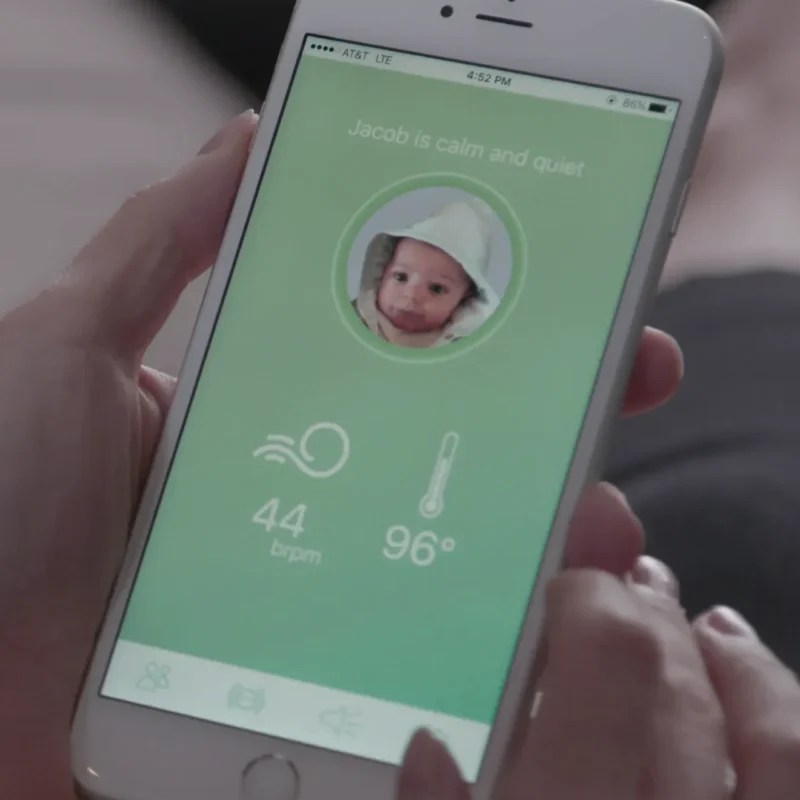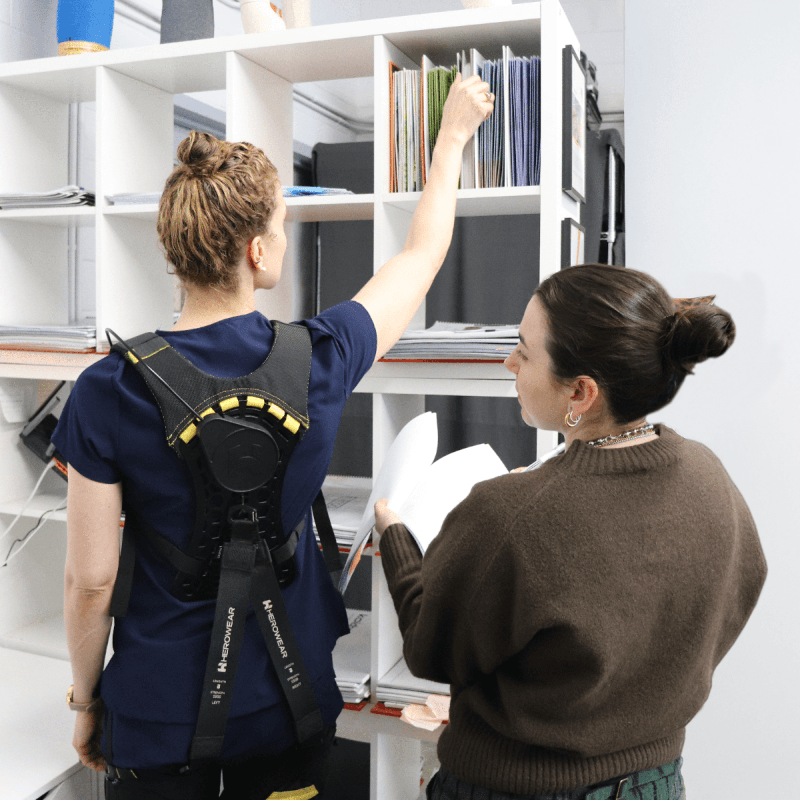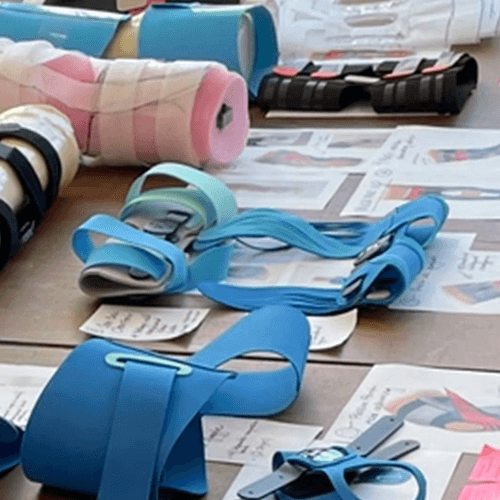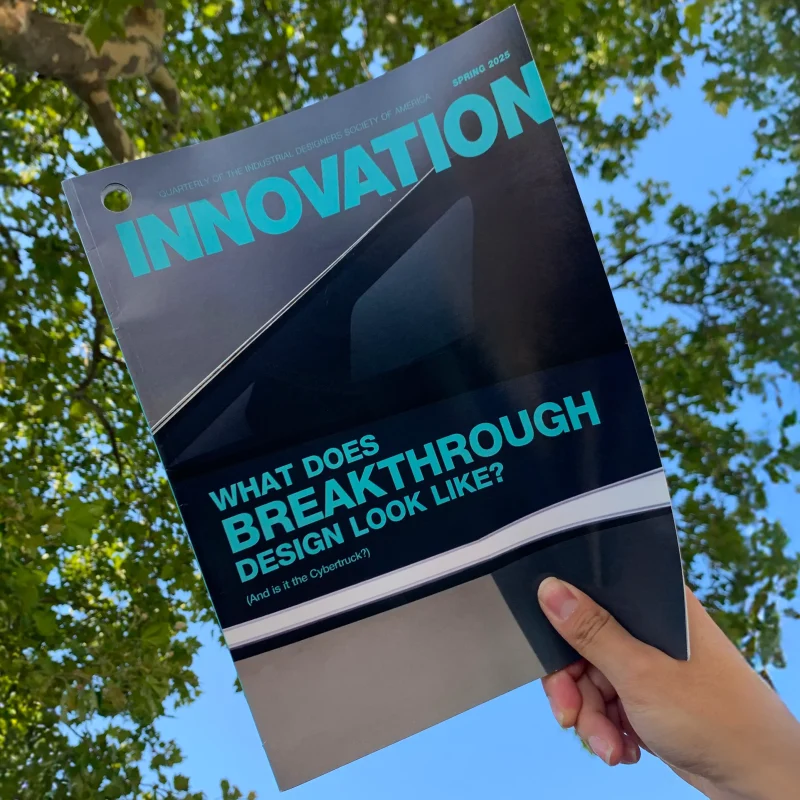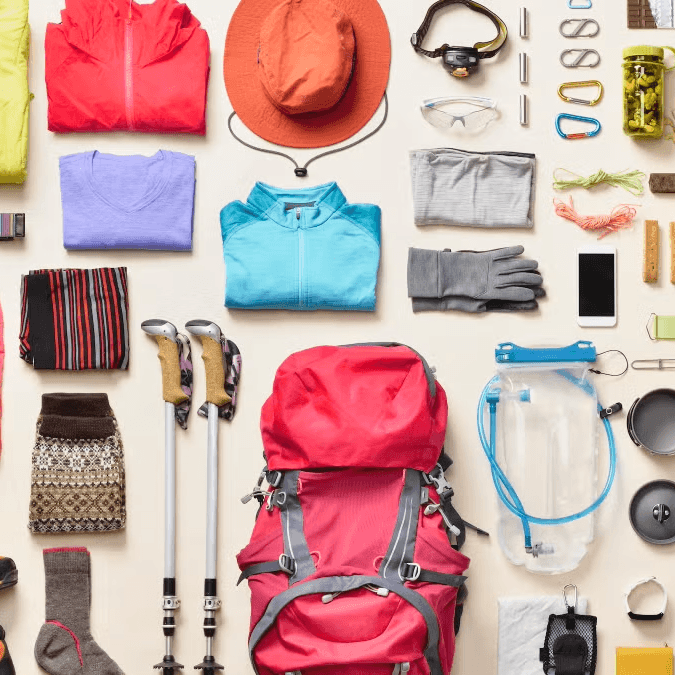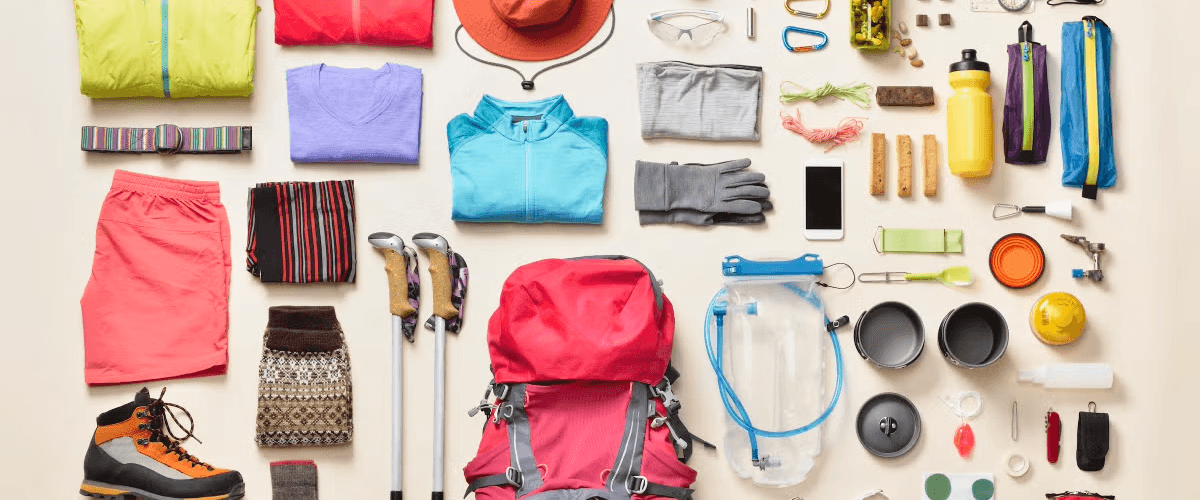
Rigid to Responsive: The Evolution of Outdoor Softgoods
From Hard Shell to Soft Shell
Outdoor gear has undergone a profound transformation over the last thirty years. Where products once focused solely on shielding users from the elements, prioritizing rigidity, protection, and brute durability—they now emphasize movement, comfort, and adaptability. This shift represents more than just better materials. It reflects a new philosophy in product design: one that centers the user’s experience, not just their survival.
In outdoor soft goods, this evolution is visible everywhere, from breathable technical jackets that feel like a second skin to backpacks that mold to the human form. Designers are no longer just engineering gear to withstand the elements; they’re crafting tools that enhance how we live, explore, and perform in outdoor spaces.
This design revolution is being shaped by human needs: for agility, for connection, for gear that feels intuitive. Soft goods—textile-based products like apparel, backpacks, harnesses, and medical wearables—have emerged at the forefront of this change, offering solutions that align with the way people actually move and behave.
At the forefront of this evolution are specialized soft goods studios like Interwoven Design, which are advancing the field through deep research, ergonomic expertise, and thoughtful design. At our studio, soft goods are treated as wearable systems—engineered to support real people in real contexts. Whether serving healthcare professionals, outdoor athletes, or even animals, the studio applies a rigorous, user-centered design process that blends research, prototyping, and testing.
In this Insight article, we’ll discuss the three phases of the transformation of outdoor soft goods and provide a few product examples that typify the style. Each era brought new materials, priorities, and philosophies that shaped how products were built as well as how people used them. Let’s take a closer look at how we got here—and where this niche corner of the soft goods world is heading.
Phase 1: Structure is King
The Structure-Dominant Era (1990s–Early 2000s)
The 1990s marked a time when outdoor gear prioritized maximum protection, often at the expense of comfort and flexibility. Products were designed to endure harsh environments through rigidity and strength, using heavyweight materials and reinforced construction. These products were marketed for their rugged durability and stressed extreme utilitarian value, designed to be hardcore products for hardcore users.
- GORE-TEX Shells as Armor: Jackets like the Arc’teryx Alpha SV (1998) were constructed with heavy-duty 3-layer GORE‑TEX, delivering full waterproofing and durability. They offered protection in extreme conditions but were often stiff, bulky, and lacked breathability.
- Framed Backpacks: Packs like the Dana Design Terraplane used massive internal frames and heavy Cordura fabric. Though praised for their robustness, they were notorious for their weight, some tipping the scale at over 7 pounds when empty.
- Mountaineering Boots: Footwear such as the La Sportiva Nepal Extreme featured stiff full-shank soles, thick leather uppers, and heavy insulation. Built for high-altitude performance and technical terrain, these boots provided unmatched support and durability, but were rigid and uncomfortable for long approaches or everyday use.
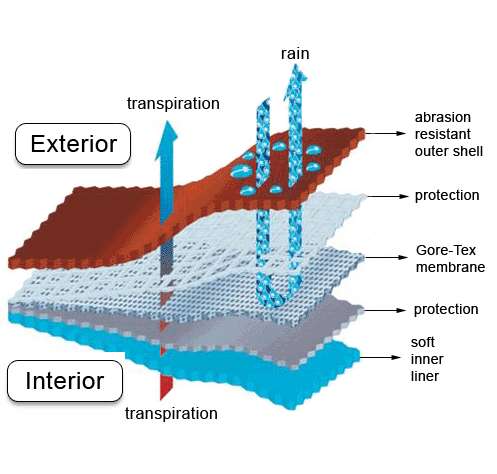
It’s a testament to the functionality of these products that they are all still on the market today. The Structure-Dominant Era established the foundation of modern outdoor gear, emphasizing strength, protection, and durability above all else. While often heavy and rigid, the products of this time were engineered to withstand extreme environments and earned a reputation for reliability and toughness. However, this singular focus on endurance often came at the cost of comfort and adaptability, and appealed to the extreme end of the outdoor market. As user expectations evolved and materials advanced, the limitations of this approach became clear, paving the way for a more balanced approach.
Phase 2: Performance Meets Comfort
The Hybrid Functionality Era (Mid-2000s–2015)
By the mid-2000s, a new design mindset began to take hold. Outdoor gear no longer had to choose between protection and comfort, advancements in materials and construction made it possible to have both. This era was marked by the integration of breathable membranes, lighter fabrics, and ergonomic adjustments that responded more intelligently to the human body. Gear became more modular and customizable, allowing users to fine-tune their equipment for specific activities or conditions. A growing awareness of user experience signaled a major shift toward more human-centered outdoor design.
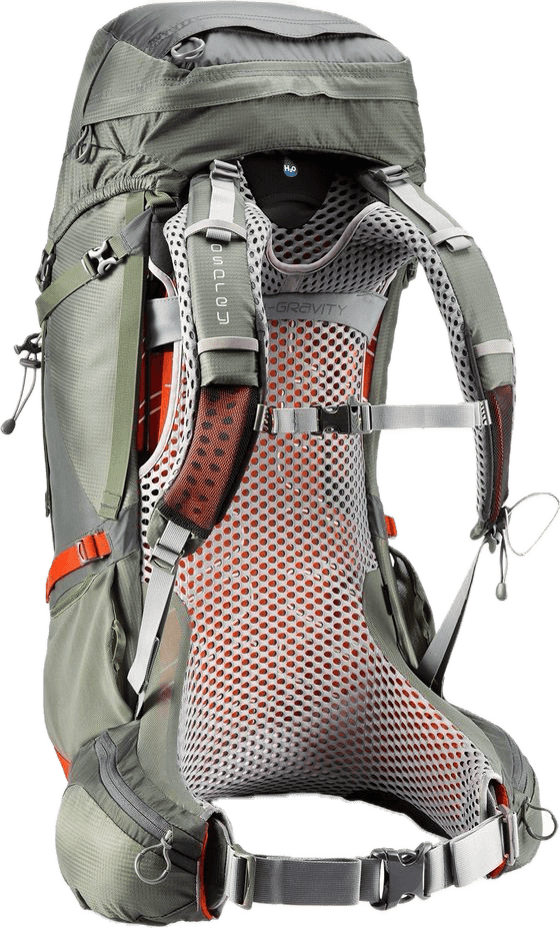
- Ventilated & Adjustable Backpacks: The Osprey Atmos (2005) introduced a tensioned mesh back panel that allowed for airflow between the user and the pack, reducing sweat and increasing comfort on long hikes. Combined with adjustable hip belts and modular lid systems, this design reflected a growing emphasis on breathability, load distribution, and personalized fit.
- Body-Mapped Fabrics: Garments from brands like Salomon and Marmot began integrating zone-specific materials for targeted breathability, stretch, or insulation. These designs moved away from uniform construction and toward dynamic apparel that responded to different parts of the body, supporting both performance and comfort in a range of conditions.
- Convertible & Multi-Use Garments: Pieces like the Patagonia Simple Guide Pants or REI’s zip-off hiking trousers embodied versatility. Designed to adapt to shifting weather and activities, they often featured articulated knees, adjustable hems, and convertible options, bridging the gap between gear designed for performance and clothing suited for comfort and travel
The Hybrid Functionality Era marked a pivotal transition from rugged, utilitarian gear to more versatile, user-responsive designs. By incorporating modular features, lighter materials, and targeted performance zones, designers began balancing protection with comfort and adaptability. It’s not a coincidence that the outdoor gear of this era begins to overlap stylistically with sportswear, shifting from boxy, heavy forms to streamlined, ergonomic forms that often used some of the same performance materials.
Phase 3: Flexibility First
The Human-Centered Flexibility Era (2015–Present)
Beginning in the mid-2010s, outdoor design entered a new phase, one driven by flexibility, softness, and seamless integration with the human body. No longer content with simply reducing weight or adding breathability, designers began rethinking the entire relationship between gear and user. The focus shifted to how products feel in motion, how they adapt to different activities, and how they support long-term comfort without compromise. This era is characterized by textiles that stretch, breathe, and insulate dynamically, along with gear that anticipates and responds to the user’s needs in real time. Functionality became embedded, not added on, blurring the line between technical equipment and wearable systems.
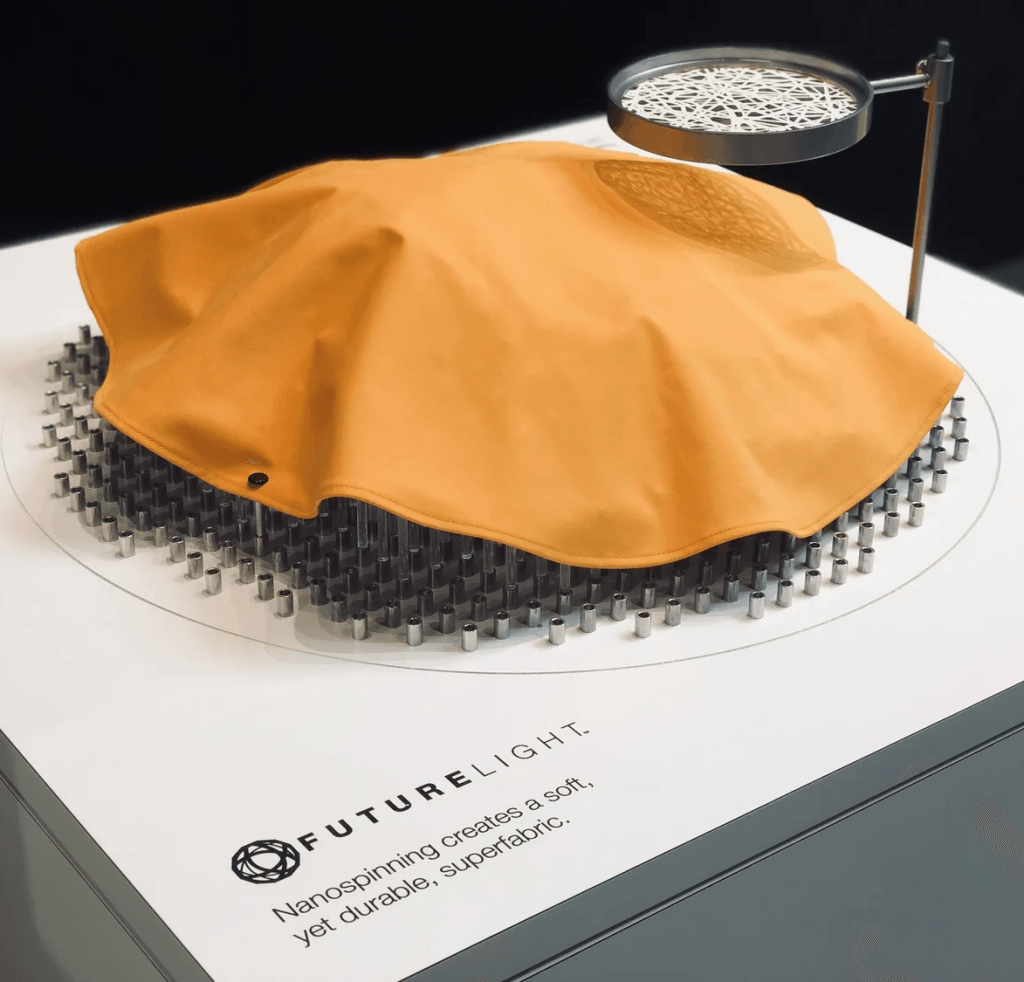
- Wear-All-Day Technical Apparel: The North Face FutureLight (2019) introduced a soft, stretchy, waterproof fabric that redefined shell performance. Unlike the stiff, crinkly shells of earlier generations, FutureLight was designed to be worn continuously, whether hiking, climbing, or transitioning between weather systems. Similarly, Patagonia’s Nano-Air (2014) and Arc’teryx’s Proton series offered breathable insulation layers that moved with the body, eliminating the need to remove or swap layers during activity.
- Stretch-Integrated Backpacks: Packs like the Hyperlite Mountain Gear Junction or the updated Gregory Zulu integrated flexible panels, harness systems, and body-conforming shapes. These designs moved beyond rigid framing and embraced soft structure, offering support while adapting to different body types, movements, and load shifts across terrain.
- Minimalist Footwear: The rise of lightweight trail shoes like the Altra Lone Peak and HOKA Speedgoat marked a departure from heavy, armored boots. With wide toe boxes, cushioned midsoles, and responsive rock plates, these shoes prioritized natural foot movement and fatigue reduction over brute protection, reflecting a broader shift toward gear that works with the body, not against it.
The Human-Centered Flexibility Era redefined outdoor gear as an extension of the body rather than just a shield against the environment. By prioritizing dynamic comfort, adaptability, and intuitive use, this era reflects a matured understanding of outdoor users’ needs. Gear is no longer designed for one function or one condition, it’s built to move, shift, and respond. As materials and technologies continue to evolve, this era sets the foundation for even smarter, more personalized soft goods design in the years ahead.
The Future is Flexible
As we look to the future of outdoor design, soft goods are set to play a pivotal role at the intersection of technology, sustainability, and emotional connection. Next-generation textiles and design systems will offer a new kind of intelligence: one that not only protects but learns, adapts, and responds. Tomorrow’s outdoor gear won’t just perform in the elements, it will understand the user, minimize environmental impact, and offer a more personal relationship with the product itself. This future is already beginning to take shape across three key frontiers:
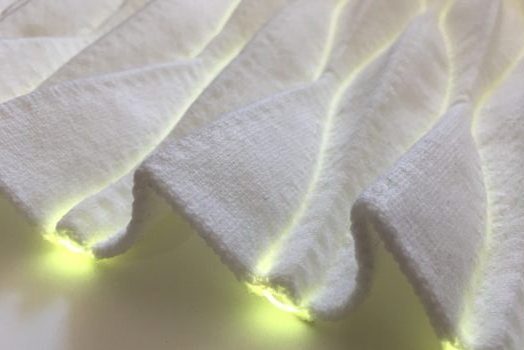
- Smart Textiles
Emerging materials equipped with embedded sensors or reactive fibers are enabling apparel and gear to adjust dynamically based on environmental and physiological inputs. For example, Polartec Delta is engineered to increase airflow and reduce wet clinging during intense activity, while more experimental prototypes like MIT’s “Second Skin” suit explore clothing that opens and closes ventilation flaps based on body temperature. These innovations point to a future where garments can actively manage temperature, moisture, and pressure in real time. - Sustainable Materials
As outdoor users become more conscious of their environmental footprint, the industry is shifting toward biodegradable, bio-based, and recyclable materials. Companies like Vaude are pioneering fully compostable backpacks, while Norrøna has integrated ocean-recycled nylon into its technical apparel. These shifts go beyond trend, they represent a systemic change in how gear is made, used, and disposed of, aligning product development with regenerative design principles. - Emotional Design
Beyond performance and sustainability, future soft goods will increasingly speak to identity and meaning. Whether it’s gear that tells a story through localized materials or customizable elements that allow users to imprint their personality, emotional resonance is becoming a design priority. Cotopaxi, for instance, uses remnant materials to create one-of-a-kind packs that reflect a commitment to both resourcefulness and individuality. In this model, products aren’t just tools—they become companions and symbols of personal values and lived experience.
Studios like Interwoven Design play a vital role at this soft goods frontier, bringing together advanced materials, human factors research, and an agile design approach to redefine what soft goods can be. Rather than treating products as static, independent tools, Interwoven Design creates tailored systems that respond to human behavior, activity, and comfort. The studio philosophy? Soft goods should adapt to the user, not the other way around.
Interwoven Design is a design consultancy that is positioned at the intersection of soft goods and wearable technology, creating products that function with the body and offer comfort as well as the superb performance that arises through the innovative incorporation of rigid, often electronic and responsive elements. Sign up for our newsletter and follow us on Instagram and LinkedIn for design news, multi-media recommendations, and to learn more about product design and development!


